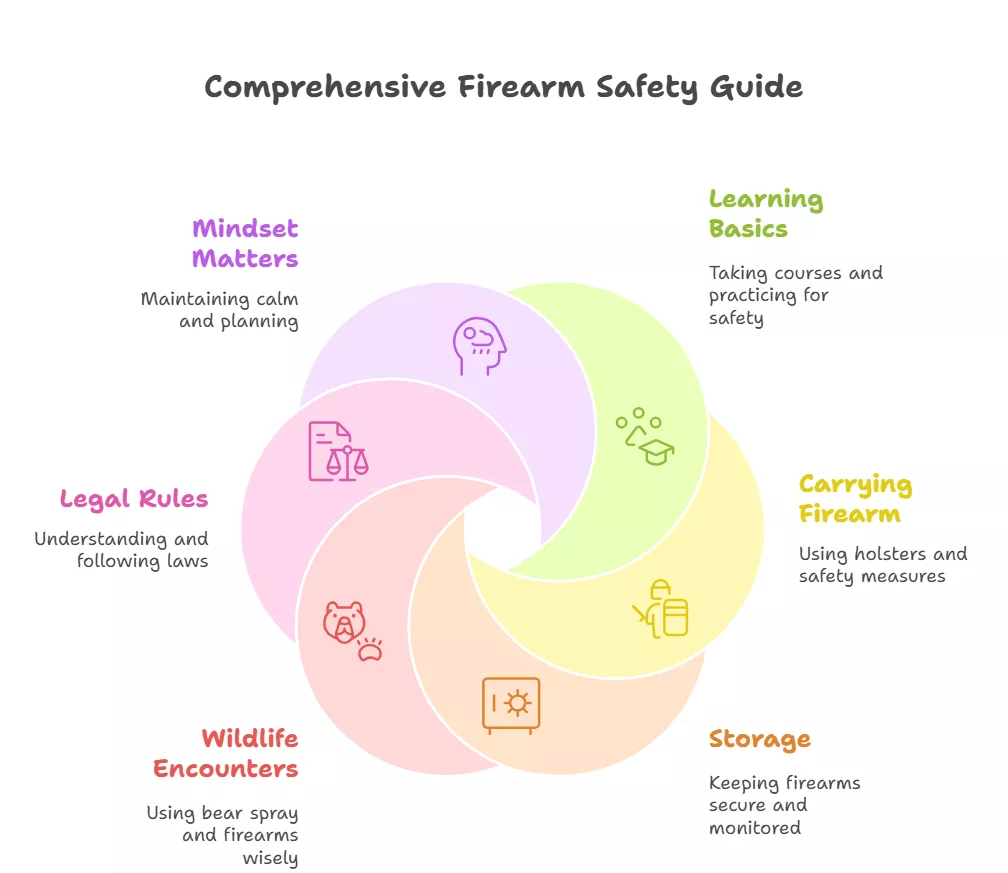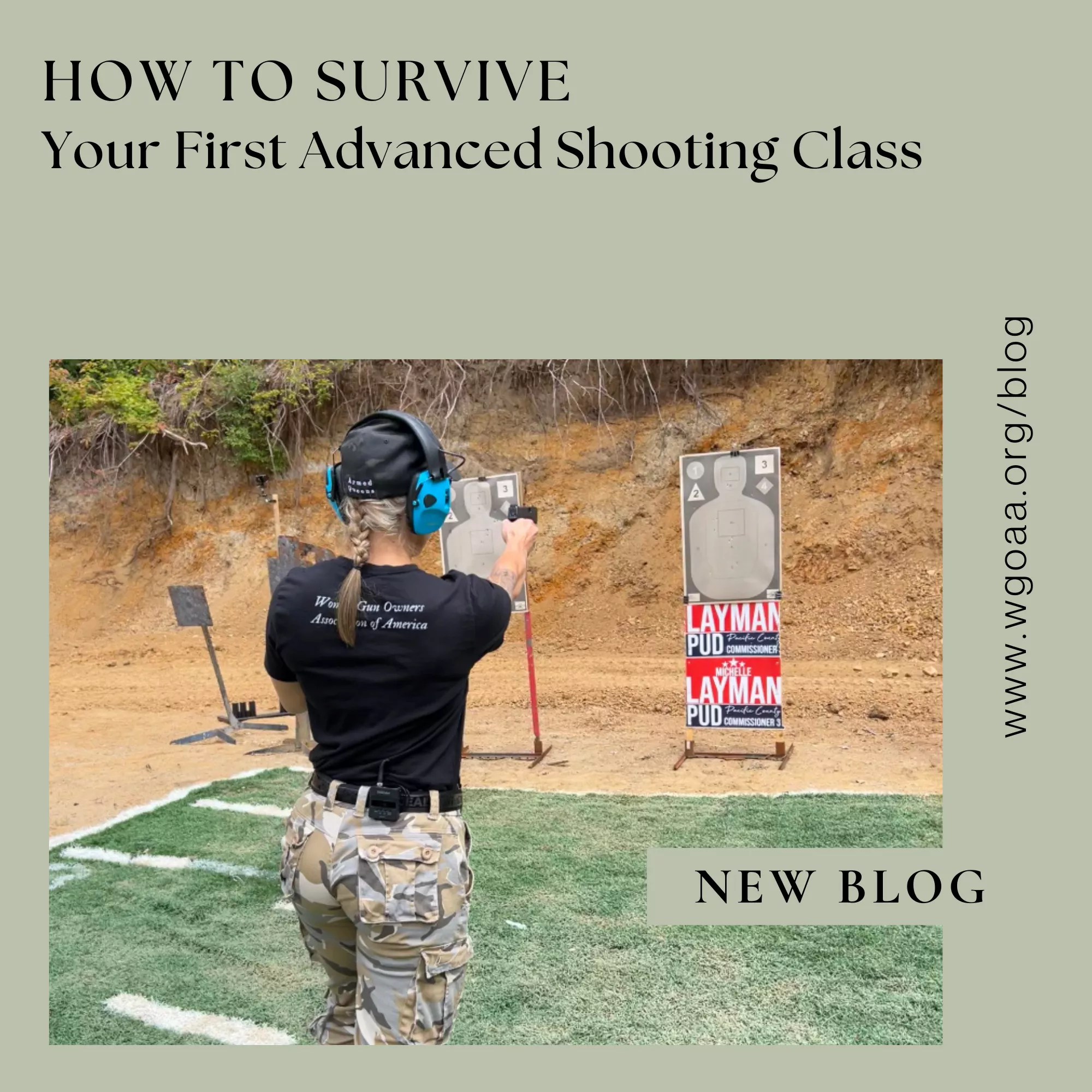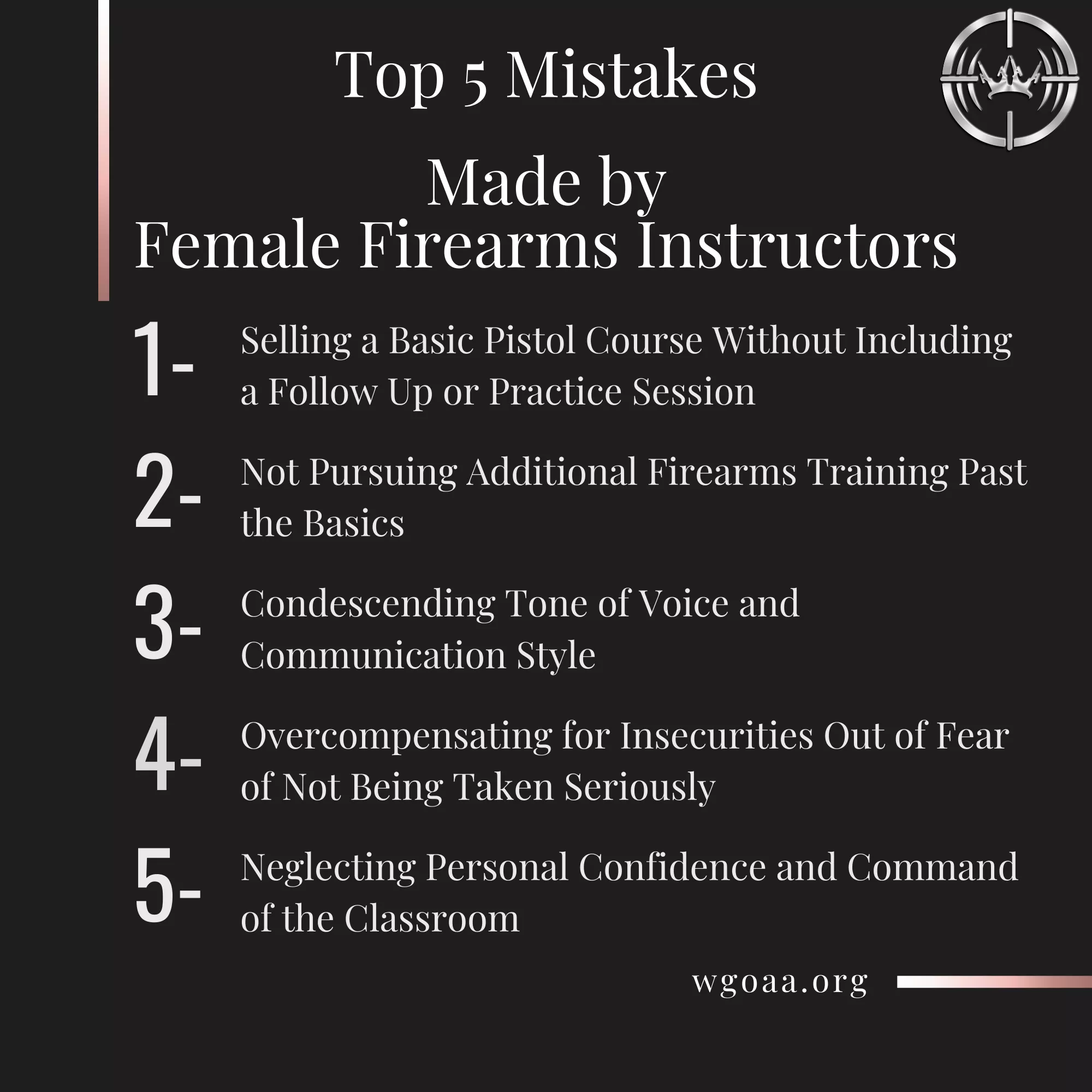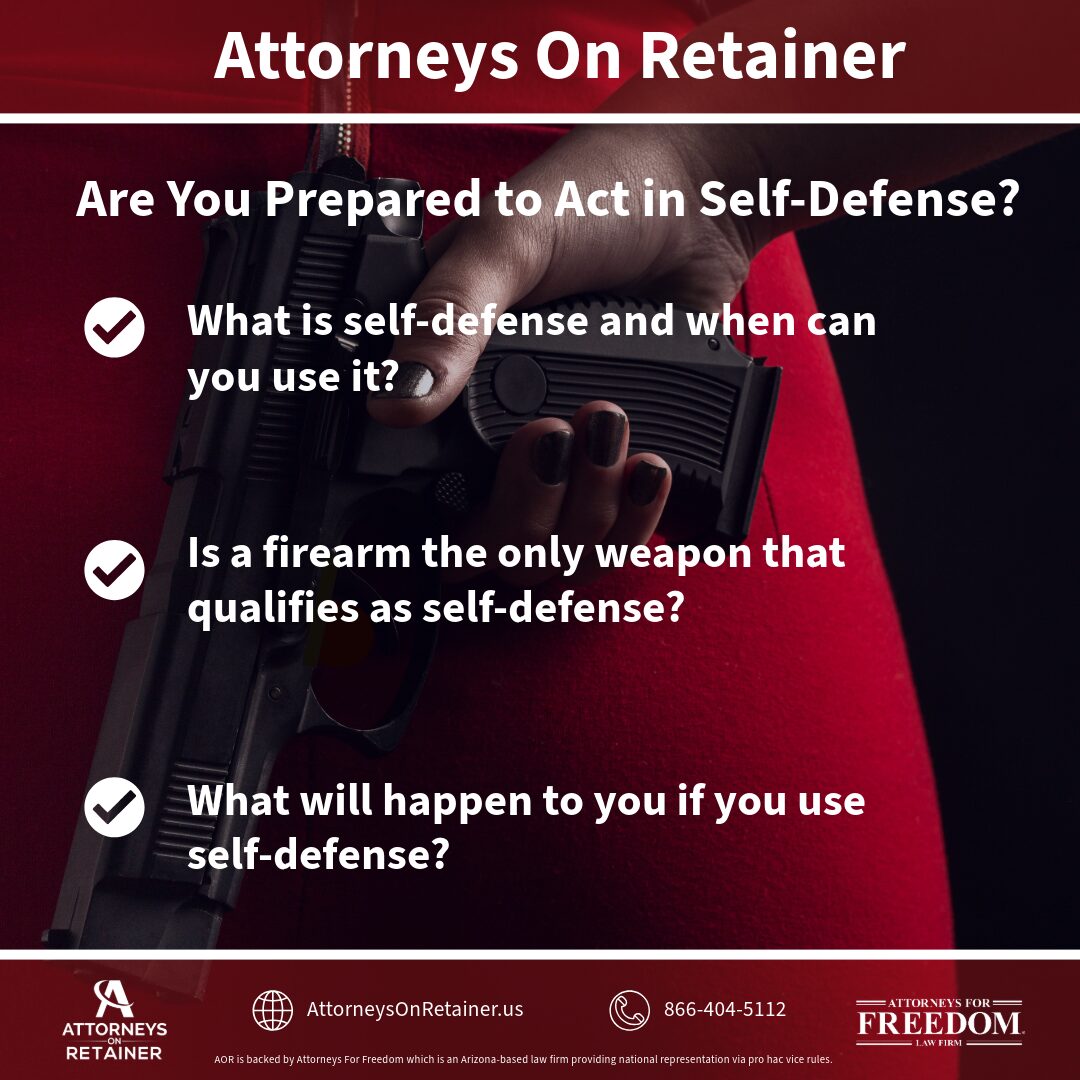Solo outdoor adventures are more than just hikes or camping trips—they’re a way for women to prove their strength and independence. When you explore nature alone, you learn to trust yourself, make quick decisions, and face challenges head-on. For many women, this builds confidence that translates to everyday life. Imagine navigating a forest trail, setting up a tent in the rain, or cooking a meal over a campfire all by yourself. These moments show you’re capable of anything.
Safety is key to feeling empowered. Fear of dangers like wildlife, bad weather, or strangers can hold women back. But with the right preparation, you can reduce risks and focus on enjoying your adventure. For example, learning basic survival skills or carrying tools like a whistle or flashlight boosts your confidence. Firearms can also play a role. Many women feel safer knowing they can protect themselves in remote areas.
Key Takeaways:
- Solo trips teach problem-solving and self-reliance.
- Preparation (like maps, gear, and safety tools) reduces fear.
- Firearms can be part of a safety plan if you’re trained and comfortable.
Essential Gear for Safe Solo Trips
Packing the right gear ensures your adventure is fun, not stressful. Start with the basics:
Clothing:
- Wear layers to stay warm or cool. Avoid cotton—it stays wet. Choose quick-dry fabrics.
- Sturdy hiking boots protect your feet on rocky trails.
Safety Tools:
- Flashlight: A small, bright light helps you see at night.
- Whistle: Loud enough to scare animals or call for help.
- First Aid Kit: Bandages, pain relievers, and allergy medicine.
Navigation:
- A paper map and compass (phones can lose service).
- GPS devices are helpful but bring extra batteries.
Firearm Gear (Optional):
- If you carry a firearm, use a secure holster that’s easy to reach.
- A fingerprint lockbox keeps it safe at camp.
- Practice unloading and cleaning your gun before your trip.
Food and Water:
- Pack lightweight snacks like nuts and energy bars.
- A water filter lets you drink safely from streams.
Shelter:
- A lightweight tent or hammock.
- Sleeping bag rated for the weather.
Pro Tip: Test gear at home first! Set up your tent in the backyard or wear boots on a short walk.
Why This Matters: Good gear keeps you comfortable and safe. For example, a whistle weighs almost nothing but can alert others if you’re lost. Firearms require extra care—always check local laws about carrying them outdoors.
Firearm Safety Tips for the Outdoors

If you choose to carry a firearm, safety is your top priority. Here’s how to stay smart:
Learn the Basics:
- Take a training course (WGOAA offers classes!). Learn to load, aim, and fire safely.
- Practice at a shooting range until you’re confident.
Carrying Your Firearm:
- Use a paddle holster or chest holster for easy access while hiking.
- Keep the safety on until you’re ready to fire.
Storage:
- At camp, lock your firearm in a portable safe (like one with a fingerprint scanner).
- Never leave it unattended—even for a minute.
Wildlife Encounters:
- Bear Spray First: Use bear spray for close threats (it works up to 30 feet away).
- Firearms as a Last Resort: Only use a gun if an animal charges and you can’t escape.
Legal Rules:
- Research laws where you’re hiking. Some parks ban firearms.
- Always carry permits or licenses.
Mindset Matters:
- Stay calm. Panic leads to accidents.
- Tell someone your plans: “I’ll be hiking Pine Trail and back by 5 PM.”
Real-Life Example: Sarah, a WGOAA member, once saw a mountain lion on her hike. “I yelled and waved my arms—it ran off. I didn’t need my gun, but having it helped me stay calm.”
Conclusion
Solo adventures let women embrace freedom and strength. With the right gear, safety plans, and knowledge (including firearm skills if you choose), you can explore nature confidently. Remember:
- Start small (try a day hike before a week-long trip).
- Join groups like WGOAA to learn from other women.
- Trust yourself—you’re stronger than you think!





